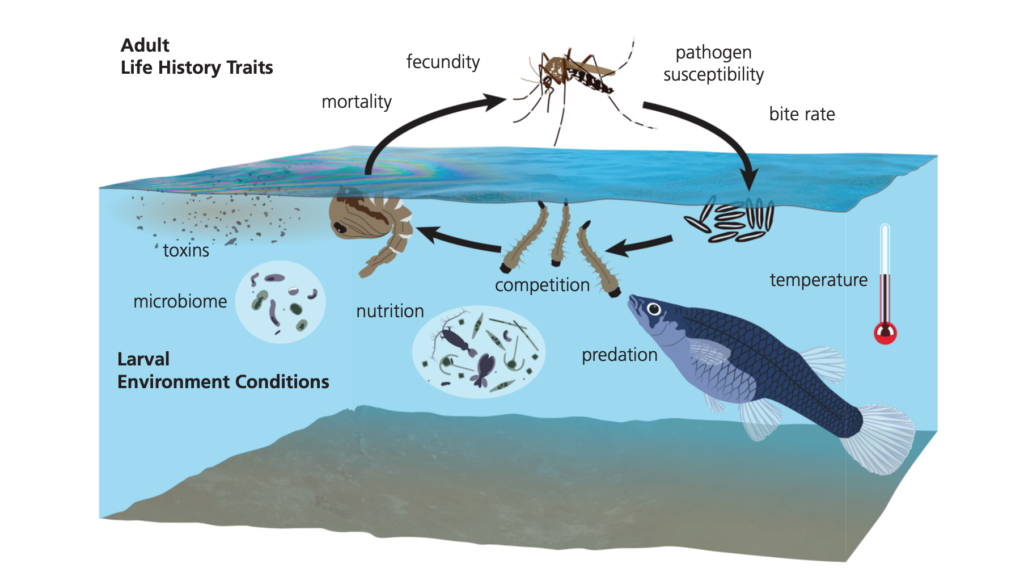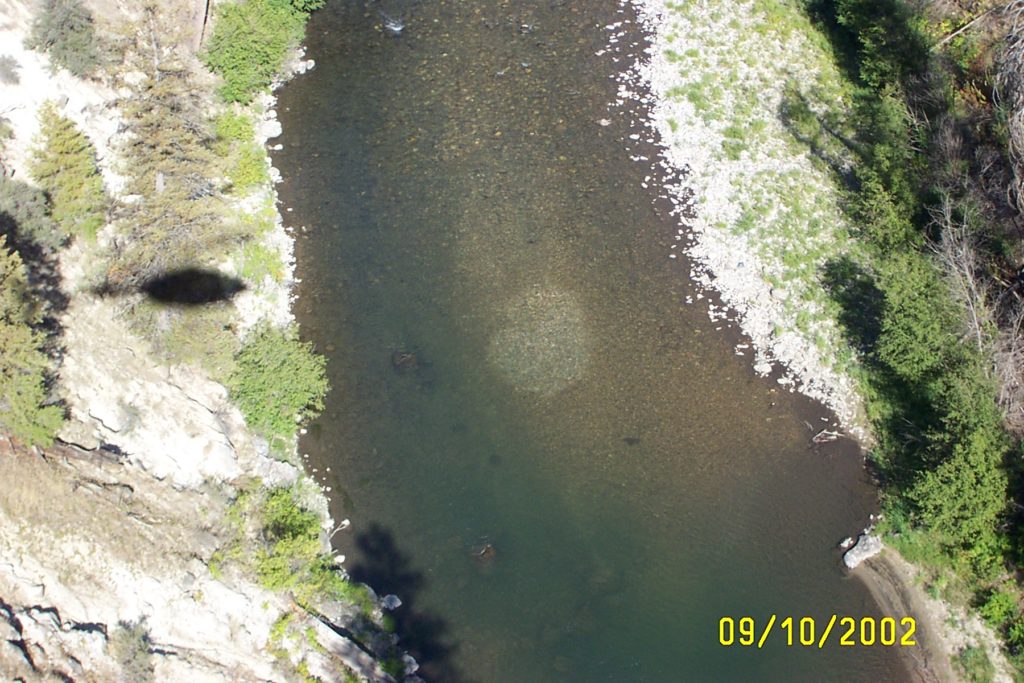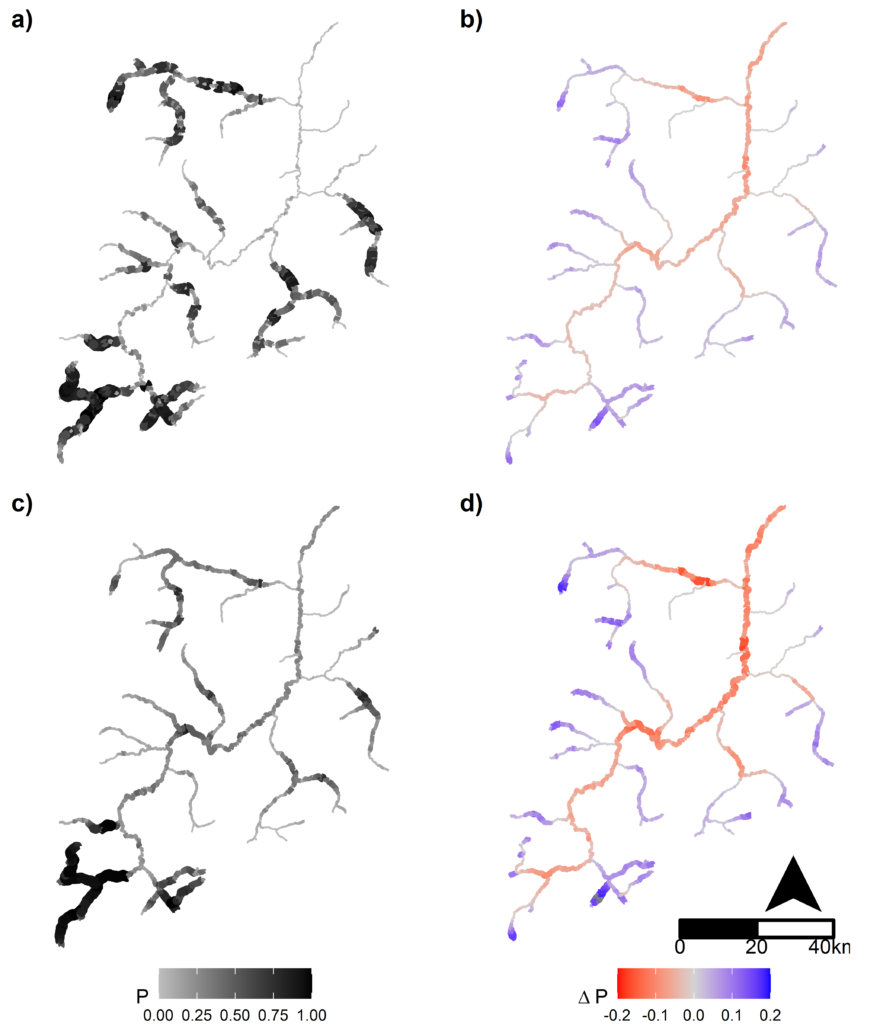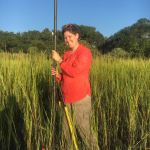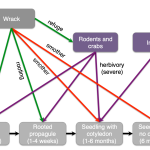
Many parasites have external transmission stages that persist in the environment prior to infecting a new host. Understanding how long these stages can persist, and how abiotic conditions such as temperature affect parasite persistence, is important for predicting infection dynamics and parasite responses to future environmental change. In this study, we explored environmental persistence and thermal tolerance of a debilitating protozoan parasite that infects monarch butterflies. Parasite transmission occurs when dormant spores, shed by adult butterflies onto host plants and other surfaces, are later consumed by caterpillars. We exposed parasite spores to a gradient of ecologically-relevant temperatures for 2, 35, or 93 weeks. We tested spore viability by feeding controlled spore doses to susceptible monarch larvae, and examined relationships between temperature, time, and resulting infection metrics. We also examined whether distinct parasite genotypes derived from replicate migratory and resident monarch populations differed in their thermal tolerance. Finally, we examined evidence for a trade-off between short-term within-host replication and long-term persistence ability. Parasite viability decreased in response to warmer temperatures over moderate-to-long time scales. Individual parasite genotypes showed high heterogeneity in viability, but differences did not cluster by migratory vs. resident monarch populations. We found no support for a negative relationship between environmental persistence and within-host replication, as might be expected if parasites invest in short-term reproduction at the cost of longer-term survival. Findings here indicate that dormant spores can survive for many months under cooler conditions, and that heat dramatically shortens the window of transmission for this widespread and virulent butterfly parasite.

| Sánchez CA, Ragonese IG, de Roode JC, Altizer S. Thermal tolerance and environmental persistence of a protozoan parasite in monarch butterflies. Journal of Invertebrate Pathology. 2021 Feb 11:107544. https://doi.org/10.1016/j.jip.2021.107544 Read more on the Center for Ecology of Infectious Diseases website. |
